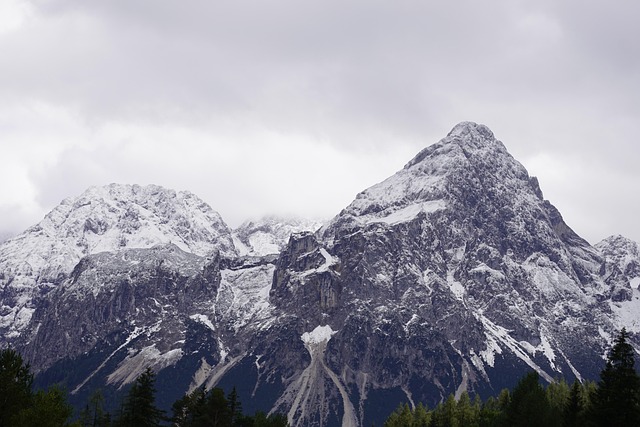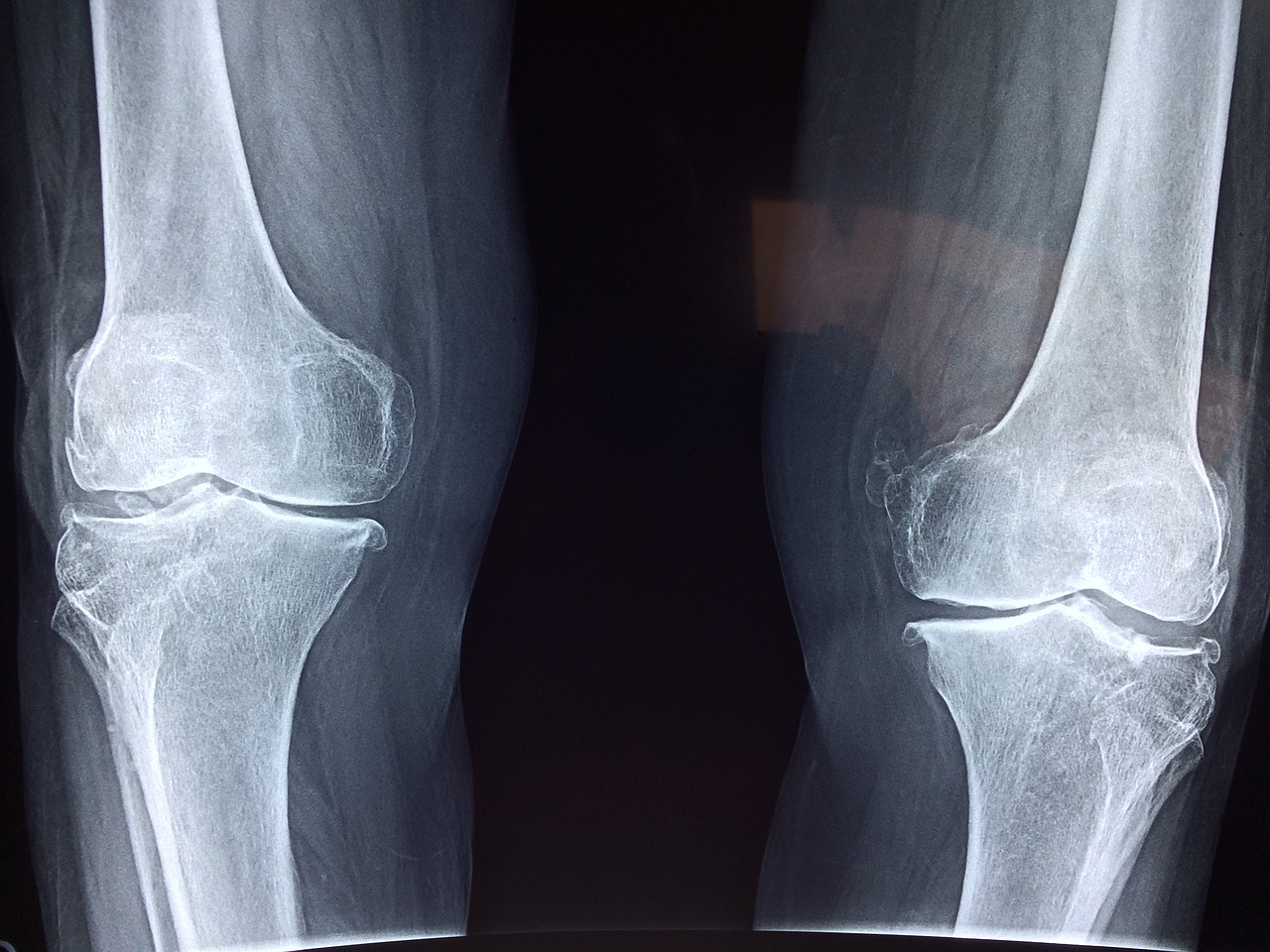Article Title:Natural history and nonoperative treatment of posterior cruciate ligament injuries
Abstract:
The posterior cruciate ligament (PCL) is a major stabilizer of the knee. It is a structure that can be injured both in high-energy situations (eg, road traffic accidents) and in low-energy environments such as sporting injuries. The PCL can be torn in isolation or in combination with other knee structures/ligaments with the mechanism of injury determining the structures damaged. The treatment of the PCL-injured knee is a controversial issue. The literature on PCL injuries is confusing and contradictory. The treatment should be based on the natural history of the PCL-deficient knee because this sets the baseline from which any interventions may be compared in terms of outcome. However, there are very few true natural history studies on the PCL-injured knee, with most of the literature being retrospective and including a mixture of patients and injuries. In this article, we review the relevant literature with an emphasis on the published true natural history studies, and we assess the healing potential of the torn PCL and outline our management thoughts on the PCL-injured knee, including possible future directions in PCL research and treatment. Copyright (C) 2001 by W.B. Saunders Company.
Keywords: posterior cruciate ligament; natural history; nonoperative treatment
DOI: 10.1053/otsm.2001.21761
Source:OPERATIVE TECHNIQUES IN SPORTS MEDICINE
Welcome to correct the error, please contact email: humanisticspider@gmail.com



